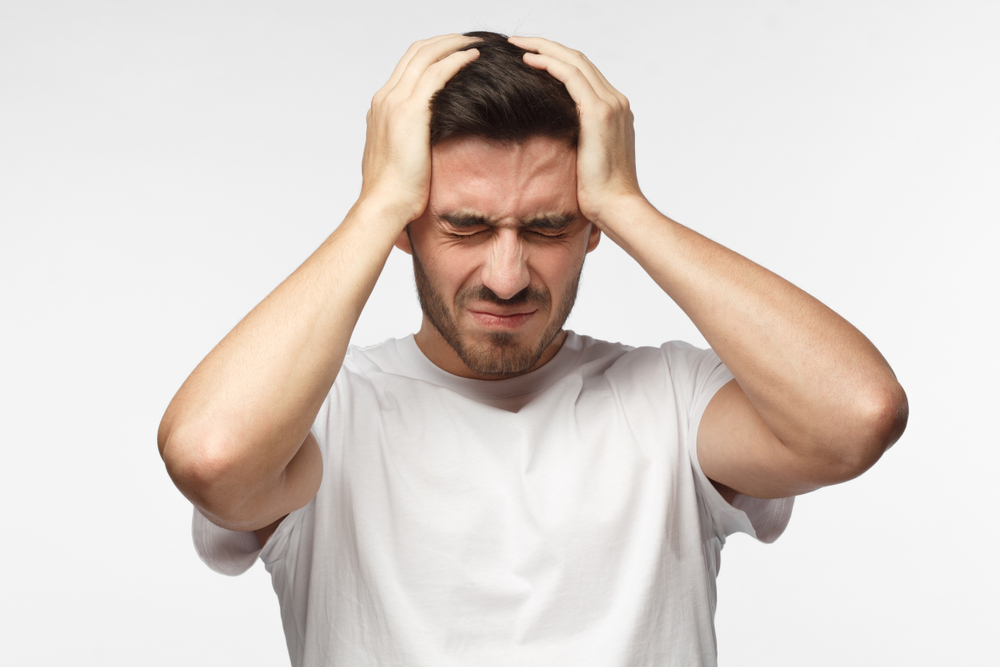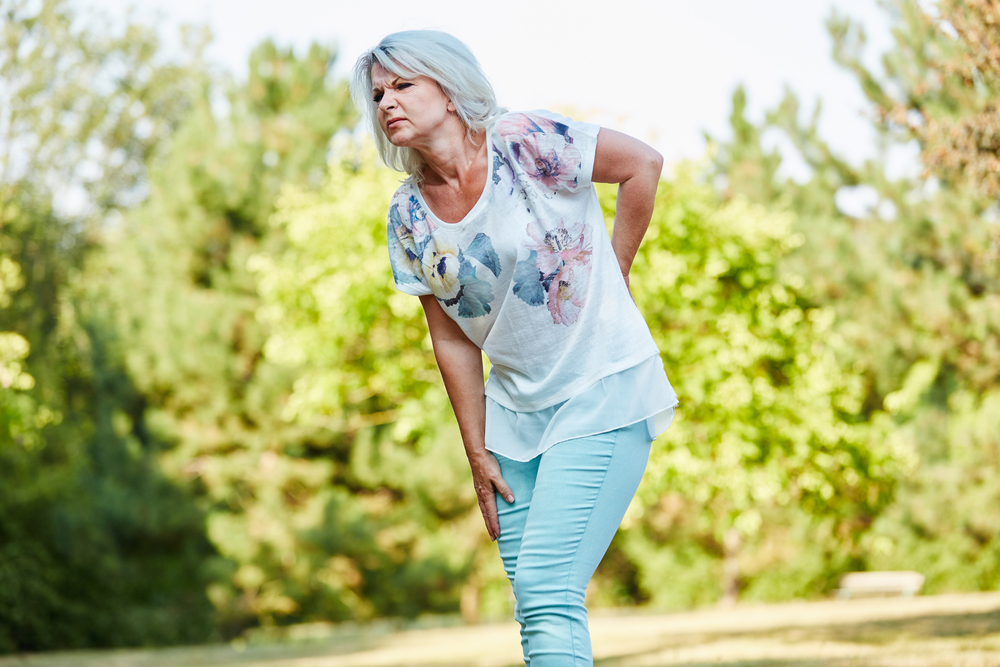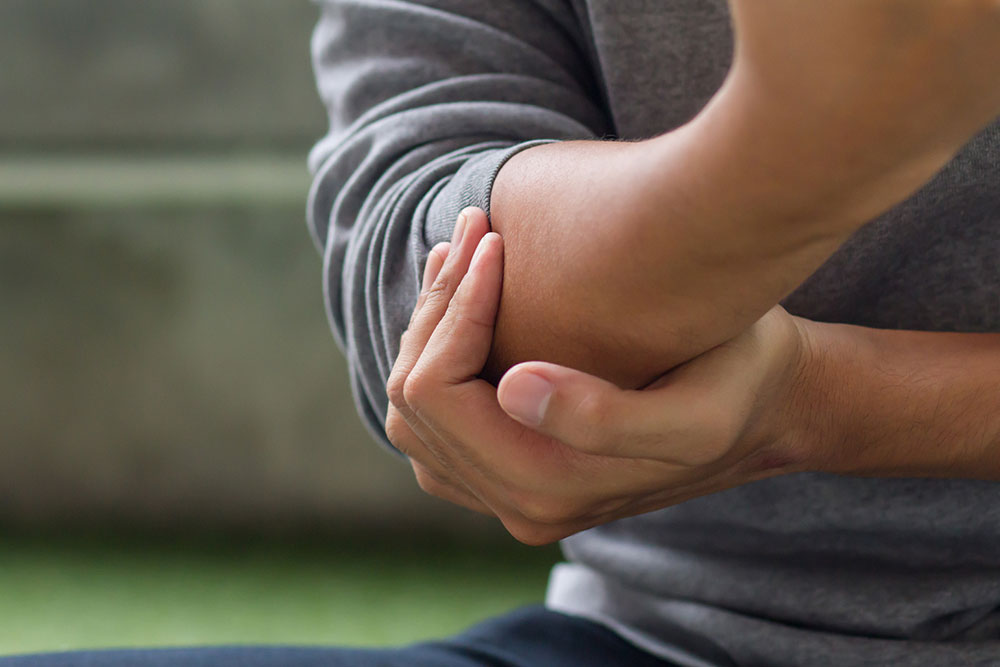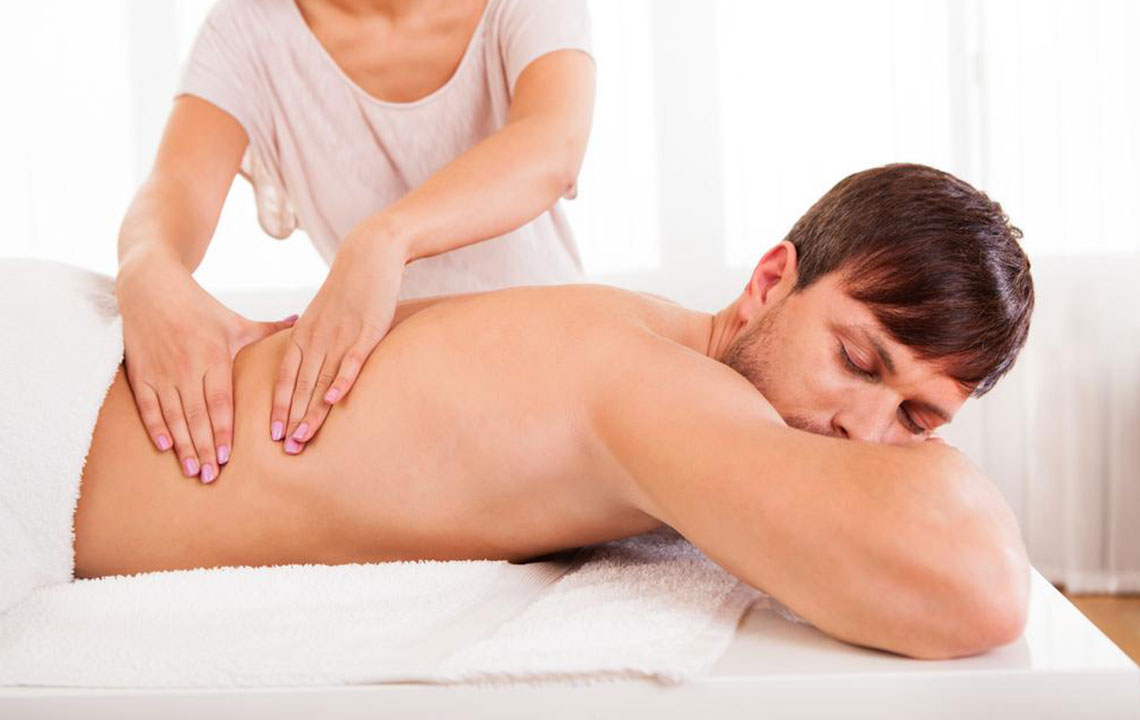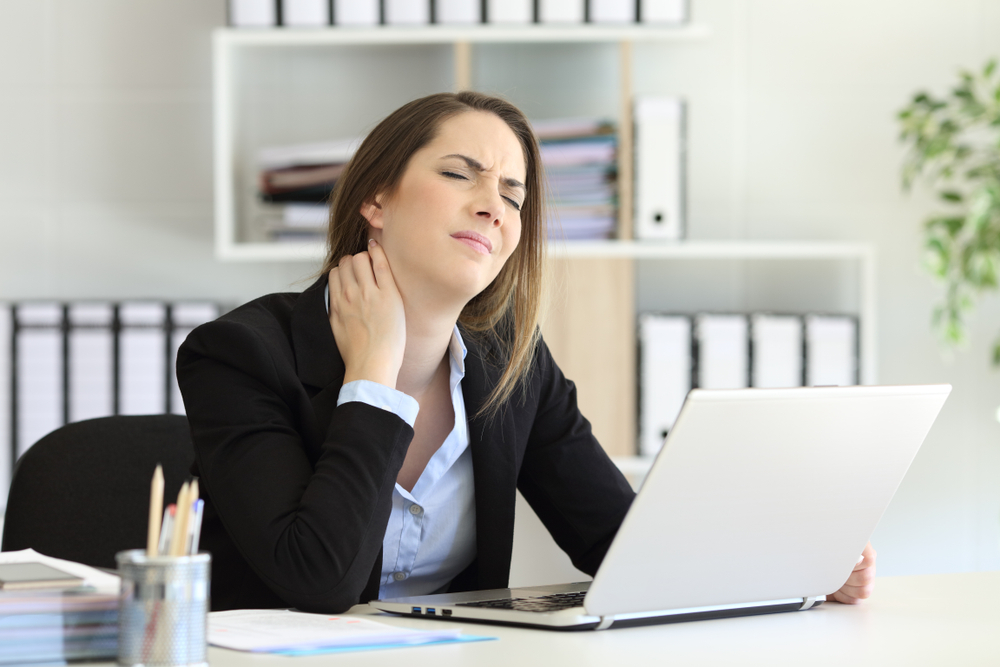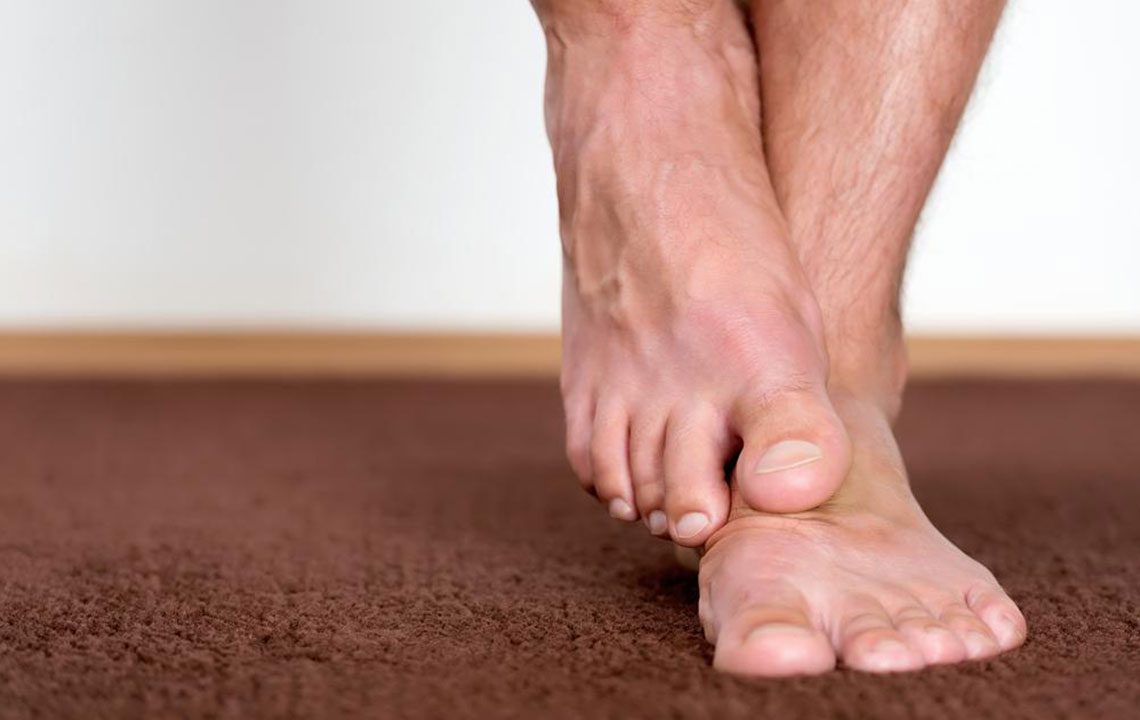Natural and Alternative Approaches to Managing Paralysis
Explore natural and alternative strategies for managing paralysis, including dietary adjustments, passive exercises, mental imagery, and therapies like acupuncture, massage, Tai Chi, yoga, and mirror therapy. These approaches aim to improve mobility, reduce symptoms, and support neurological recovery alongside medical treatment. Tailored lifestyles and holistic practices can significantly enhance quality of life for individuals affected by paralysis.
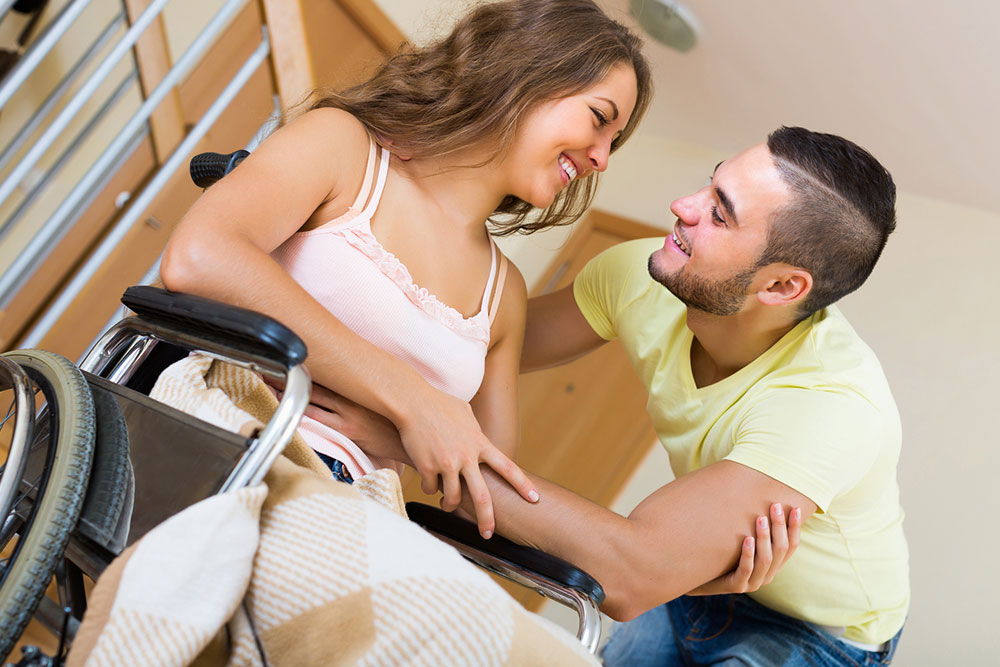
Natural and Alternative Strategies for Managing Paralysis
Paralysis occurs when muscles cannot be voluntarily moved due to disrupted nerve signals. Common causes include strokes, spinal cord injuries, and neurological conditions like multiple sclerosis. Temporary paralysis, such as that from Bell's palsy, may resolve on its own. Treatment plans vary based on the cause and severity, often combining medical interventions with lifestyle changes and home remedies to improve quality of life.
Recognizing Symptoms
Accurate identification of symptoms aids in effective management.
Muscle stiffness, spasms, and spasticity
Reduced joint mobility from muscle tightening
Foot drop leading to balance issues
Swallowing difficulties
Speech impairments, including slurred speech or aphasia
Home-Based Remedies Since strokes and spinal injuries are primary causes of paralysis, managing sudden muscle loss involves specific strategies.
The goal of paralysis management is ongoing adaptation and symptom relief through various therapies. Conditions such as Bell's palsy tend to be temporary, so treatment approaches differ accordingly. Common practices include dietary adjustments and physical therapy. For instance, consuming nutrient-rich foods can support recovery and brain health. Incorporating omega-3 fatty acids from fish, nuts, seeds, and healthy oils can enhance neural functioning. Additionally, passive exercises promote neuroplasticity, minimize muscle contractures, and prepare the body for active movements. Mental imagery techniques further aid brain rewiring, improving motor control. Other alternative therapies like acupuncture, massage, Tai Chi, yoga, and mirror therapy can complement traditional treatments and foster recovery.
Eating nutrient-dense foods, especially those rich in omega-3s, proteins, and vitamins, boosts brain and muscle health, especially after strokes.
Passive movement exercises, guided by therapists, stimulate brain activity and prevent muscle rigidity, paving the way for active exercises and better mobility.
Visualizing movements through mental practice supports neuroplasticity, enhancing the brain’s healing capacity.
Complementary therapies such as acupuncture and massage can reduce spasticity and improve motor functions.
Practicing Tai Chi and yoga promotes physical balance, flexibility, and mental well-being.
Mirror therapy encourages movement awareness and neural reorganization, especially beneficial for hand paralysis.
Important Notice:
The information provided here is for educational purposes only and should not replace professional medical advice. Always consult healthcare professionals for diagnosis and treatment options personalized to your condition.

